It’s space week 2022! In this special edition of the not-so-romantic blog, we are taking a closer look at the planets of our solar system. We’ll look at some of the key facts, but because this is the not-so-romantic blog I have some surprising and slightly less romantic facts to throw into the mix as well.
How the solar system was made
The Solar System we currently live in was formed around 4.6 billion years ago. We’ve always lived in it and probably always will- at least until we’re able to travel at the speed of light, but that’s a whole different blog.
The Solar System didn’t form overnight- it took, for want of a better expression, a long time to form the planets- let alone before the first signs of life appeared. If you think waiting for your bread to turn into toast, or waiting a week for the next episode of your favourite TV show to come out then just imagine having to wait billion of years for planets to form.
Experts predict it took planets like Earth around 5 billion years to fully form! I’ll never complain about how long it takes for my food to cook ever again. (That’s probably a lie- I’m sure I will complain about it)
Gravity (the force which stops us from floating off the surface of the Earth) pulled together dust and gas together. As these clumps of dust and gas were pulled tighter and tighter together they got hotter and hotter- like when you give someone a hug that lasts slightly too long, everyone just gets a bit warm.
Eventually these hugging dust and gas became the Sun! And other clumps of dust and gas became the planets of our Solar System.
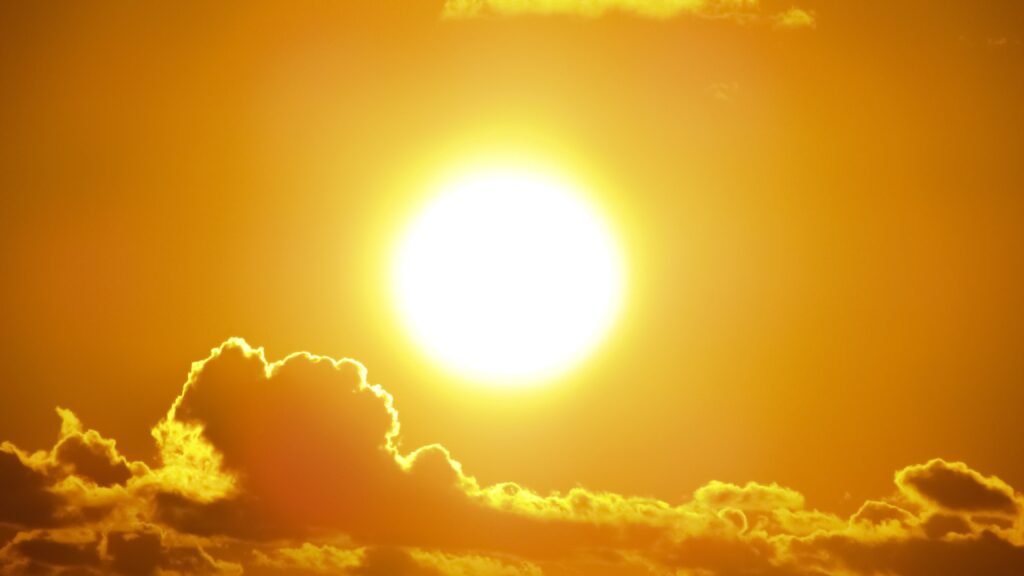
Because the Sun was bigger and more powerful than all the other newly formed planets it pulled the planets into orbit around it.
Whilst all this was happening other clumps of dust and gas became asteroids, comets and other strange things we can find in our solar system.
The solar system itself is only a small part of the huge galaxy we are part of. We call the galaxy “The Milky Way” which is one of the billions of galaxies which make up the universe. Does anybody else feel incredibly small right now?
With the introduction out of the way let’s take a closer look at the planets of our Solar System.
Mercury

Mercury is the closest planet to the Sun and where we’ll start our tour of the Solar System. It is a mere 36 million miles away from the star which means it orbits the Sun quicker than any other planet in the system.
Mercury is also the smallest planet in the Solar System- it’s only a little bit bigger than Earth’s moon.
If you’re a fan of daylight I would recommend visiting Mercury (when/ if it’s safe to do so) as a day on Mercury is the same length as 59 days on Earth.
Mercury is one of only two planets in the Solar System not to have any moons. It’s so close to the Sun it wouldn’t be able to keep a moon in orbit as the sun would keep stealing them- and I think it’s fairly obvious why the sun doesn’t have moons. (They’d be burnt to a crisp).
Even though it is so close to the sun Mercury actually has ice on its surface. There are parts of the planet which never see any sunlight and that’s where small bits of ice are.
Because Mercury is the closest planet to the sun a lot of people mistakenly think it’s the warmest planet in our Solar System…. it is not- before reading any further which planet do you think is the warmest? (Clue- it’s not Earth)
venus

Feeling hot? To answer my previous question Venus is the hottest planet in our Solar System and the second closest planet to the Sun- 107 million away for anybody who is interested.
The reason Venus is the hottest planet is that it has a thick atmosphere of carbon dioxide. The carbon dioxide acts like a giant planet-sized greenhouse which heats up Venus. We’re a long way off from hitting Venus levels but Earth is starting to suffer from the same greenhouse effect because of the high levels of carbon dioxide adding to the atmosphere.
It was named after the Roman Goddess of love and beauty- also called Venus.
Venus is very similar to Earth in both size and material. I wonder if it could have had life on it if it was slightly further away from the sun?
Venus is actually the second brightest object in the night sky after the moon because of its reflective surface.
earth
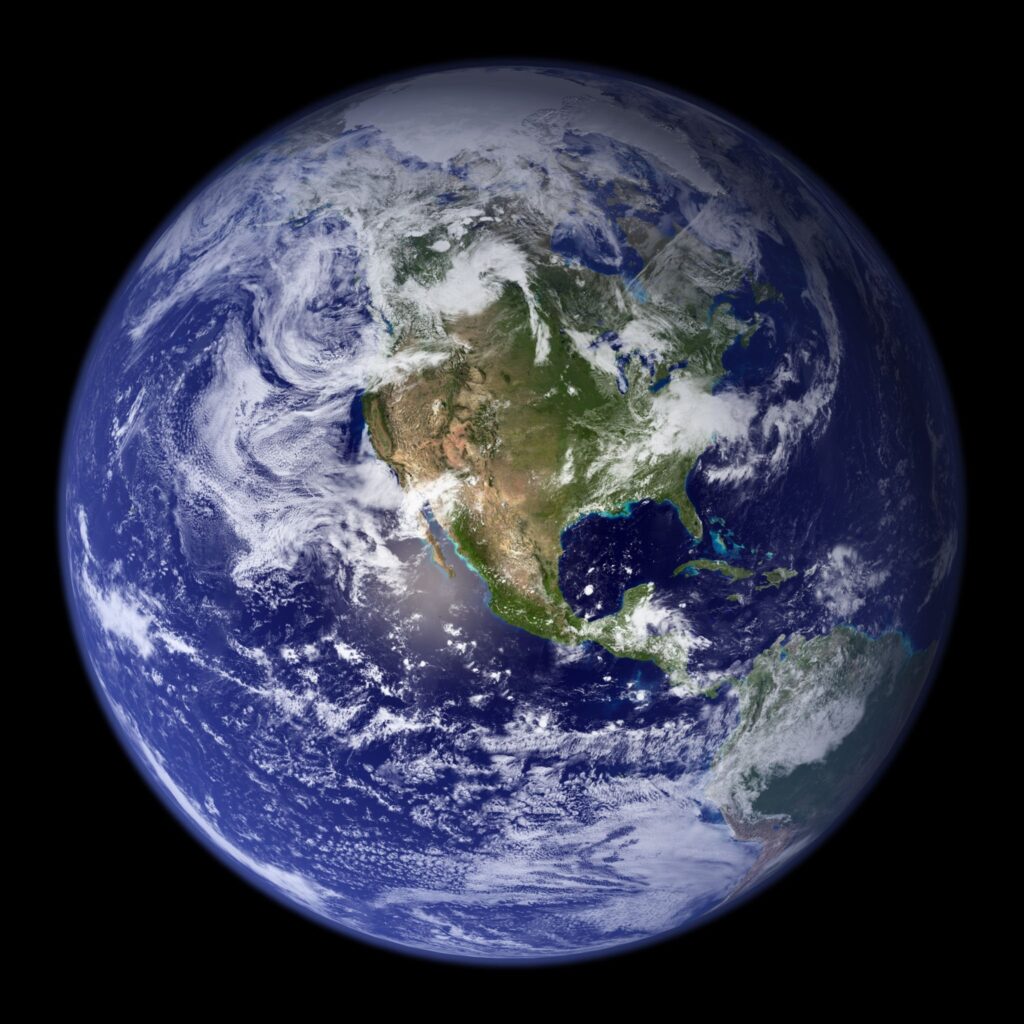
Earth is hopefully the planet you’re most familiar with as it’s where we all live, though I’m not convinced everybody was born here.
If you want to find out more about Earth then be sure to check out some of the recommended blogs at the bottom of the page.
Oh fine… you can have one new fact about Earth. It’s the only planet in our Solar System not named after a God or a Goddess. We get a planet with a really interesting planet name which literally means “ground”. How creative…
mars
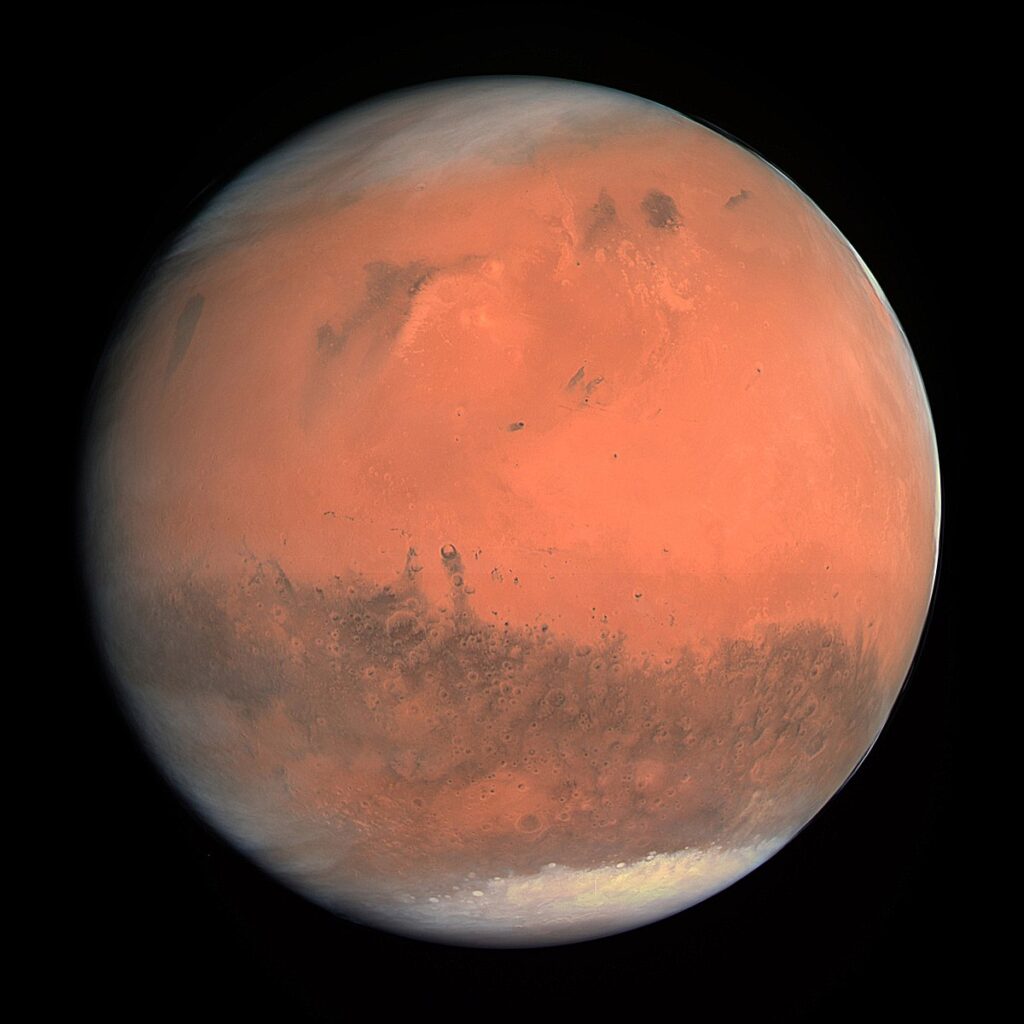
The red planet and the planet which is most likely to be home for humans in the future- who knows maybe in our lifetime we’ll see humans visit Mars.
Mars is home to the largest discovered volcano in our Solar System “Olympus Mons”- it is 13.6 miles high or as I like to describe it- fairly tall. It’s also wide enough to pretty cover the whole of Poland.
Jupiter
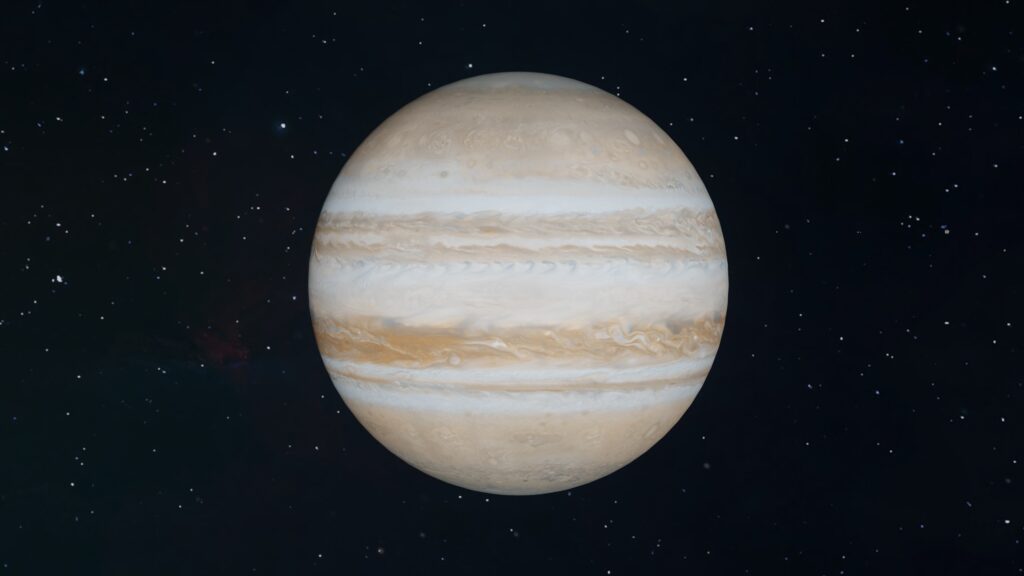
Jupiter is the largest planet in our Solar System with almost 1300 planet Earths being able to fit inside the huge gas giant. It has a wonderful red storm which has been storming for over 350 years.
Jupiter is made up of the same elements (hydrogen and helium) as the sun but it was never big enough to gain the internal temperatures needed to actually become a second sun in our solar system. It would have been interesting to see what would have happened if it had become a star. Life probably wouldn’t be around to see it though.
Jupiter’s largest moon “Europa” may yet be able to hold life- or sustain life at least- in an ocean under its icy surface.
Saturn

Saturn is named after a Roman God. Saturn is named after the God of agriculture and wealth. (The God, not the planet)
It’s the second largest planet in our Solar System and honestly a great-looking gas giant. Because it’s made of gas you couldn’t stand on Saturn, you’d just fall right through into the centre of gravity. Interestingly though, if you could find an ocean big enough, Saturn would float on water. (There’s a magic trick I’d love to see)
When I was a kid I used to think the ring around Saturn was solid- turns out I was wrong. The ring around Saturn is made up of lots of pieces of rock, ice and dust. Saturn’s rings are the only ones that can be seen from Earth with a small telescope.
Uranus

The planet which probably features in the most jokes. I ain’t going to say any so if you know you know- if you don’t, ask a grownup. (Not a responsible one or they’ll never tell you). You know what- let me just tell you.
Anus is another word for a bottom- so people say Ur-anus as in your bottom. Funny right?
Uranus is the first of the Solar Systems ice giants- because it’s pretty cold due to being 1,783,939,400 miles away from the sun. You can’t see it in the above picture but Uranus does have a faint ring as Saturn does.
Uranus (the planet not someone’s bottom) is actually titled on its side, it spins on its axis different than all the other planets. This could perhaps be because of a collision with another planet billions of years ago.
Neptune

I’ve recently started to call Neptune the moon stealer. Its largest moon Triton orbits Neptune in a clockwise direction, unlike all its other moons which orbit in an anti-clockwise direction.
This suggests that Triton was captured by Neptune’s gravitational pull after being formed somewhere else in the Solar System and drifting too close to Neptune.
The reason Neptune and Uranus have a blue colour is because of the methane gas in their atmosphere.
It takes Neptune 165 years to orbit around the sun which means Neptune won’t have made a complete rotation of the sun in our lifetime. A really long time when you consider Mercury can travel around the sun in around 88 days.
The dwarf planets
So we’ve had a quick tour of the planets of our solar system but the tour doesn’t end there. Let’s have a quick look at the 3 other dwarf planets that have been discovered in our Solar System bringing the total dwarf planet family to 5!
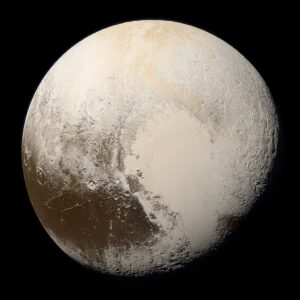
Pluto- Probably the best-known dwarf planet. I’m not going to go into much detail about Pluto as it was officially made a dwarf Planet in 2006. You can check out the blog “Why is Pluto a planet anymore?” to learn even more. Pluto was named by Venetia Burney Phair who called the planet when she was only 11 years old.
As you can probably imagine- it’s pretty cold on Pluto so if you do ever decide to visit make sure you take a jacket and a scarf. Imagine getting all the way to Pluto just to get a cold- that would be embarrassing.
Ceres- If you’re like me you probably haven’t heard of Ceres before. It was the first asteroid ever discovered all the way back in 1801 but was upgraded to a dwarf planet in 2006. Ceres sits in the asteroid belt between Mars and Jupiter. In fact, it’s the largest thing in the asteroid belt.
Eris- Eris is located way out beyond Neptune in what’s called the Kuiper belt. It was discovered in 2005 and potentially is the reason that Pluto was relegated to the life of a dwarf planet. It is a little bit smaller than Pluto and so far away that we don’t have telescopes good enough to know what its surface looks like- chances are it is similar to Pluto.
Makemake– I promise you this name isn’t made up, nor was it named by a two-year-old who only knew the word make. It was discovered a few months after Eris and has a moon nicknamed MK2 (please someone better with names discover some things) which was discovered in 2015.
Makemake was discovered just after Christmas so it was first named “Santa” – I honestly don’t know why they changed it. Eris was originally called “Easter bunny” as it was discovered close to Easter.
Haumea-No, no I don’t know how to pronounce this dwarf planet’s name either. It was discovered in the Kuiper belt in 2004. It spins really quick on its axis so does a full rotation in just 4 hours. This is why the dwarf planet is egg-shaped rather than the traditional planet’s oval/ sphere shape. Some people would say Haumea is an eggcellent planet… sorry, eggcellent dwarf planet. Don’t worry I’m only yoking. FYI- It has two moons.
What’s next?
As telescopes and other technologies get better and better we are discovering new things about our Solar System all the time. Who knows what will be discovered in the future? You can keep up to date with all the latest space news on the NASA website.
Related blogs
Be sure to check out the below blogs which are of a similar theme to this one! Oh and let me know which your favourite planet of our solar system is.
